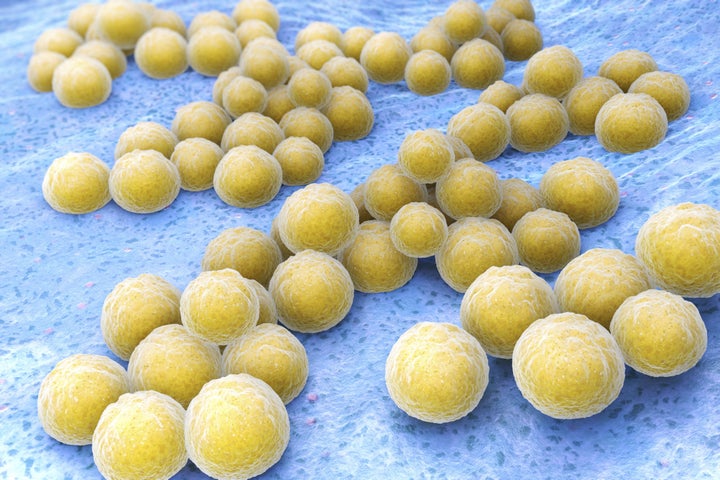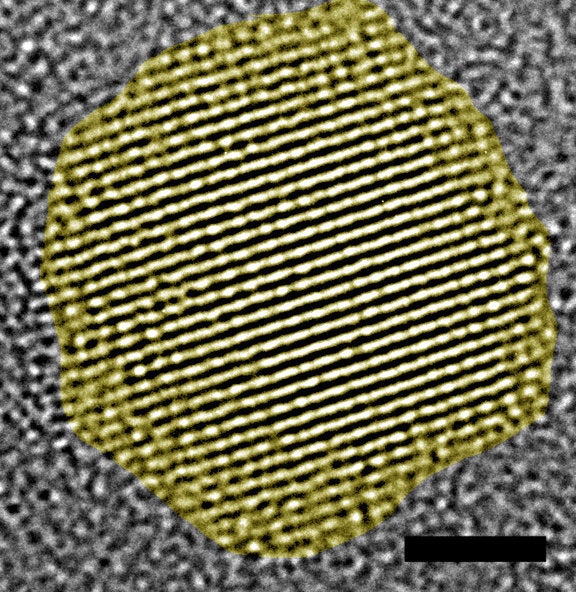
Does nanotechnology hold the key to stopping antibiotic-resistant bacteria and the deadly infections they cause?
Scientists in Colorado think it just might. They've developed light-activated nanoparticles -- each roughly 20,000 times smaller than the thickness of a single human hair -- and shown in lab tests that these "quantum dots" are more than 90 percent effective at wiping out antibiotic-resistant germs like Salmonella, E. coli and Staphylococcus.
"In our study, we tailored these quantum dots so they can selectively kill these 'superbugs' without affecting other host mammalian cells (or human cells)," Dr. Prashant Nagpal, assistant professor of chemical and biological engineering at the University of Colorado at Boulder and a leader of the research, told The Huffington Post in an email. "This means, after more careful clinical trials, we can simply administer these dots to patients with infections and it can cure the infection without potential effects (or side effects) for healthy host cells."
If Nagpal is right, that would be a very big deal.
Antibiotic-resistant bacterial infections, fueled in part by doctors' improper use of common antibiotics, represent an enormous public health problem. In the U.S. alone, infections caused by germs that can't be eradicated with antibiotics sicken 2 million people and cause at least 23,000 deaths a year. And new, more effective antibiotics have proven very hard to develop.
(Story continues below image.)

Previous research on nanoparticles showed that those made of metals like gold and silver can be harmful to healthy tissue as well as the target bacteria, according to a written statement released by the university.
But that kind of collateral damage doesn't seem to be a problem with the new quantum dots.
Made of semiconducting materials like cadmium telluride instead of metal, they can be tailored to specific infections, slipping inside the disease-causing germs and, when activated by light, triggering chemical reactions that destroy them.
"We don't use any special light, and a typical weak light source (a lamp, well-lighted room, sunlight, etc.) is enough to activate these quantum dots," Nagpal said in the email.
Nagpal foresees several applications for quantum dots, depending on the nature of the infection. Infected cuts might simply be covered with nanoparticle-impregnated bandages. Patients with systemic infections might receive injections of quantum dots.
In addition, hospital rooms and medical instruments might be treated with a dot-containing disinfectant in order to reduce the risk of spreading infections from patient to patient.
But more research, including clinical trials, will be needed to develop quantum dot therapy and prove its safety and effectiveness in humans. Nagpal said he was seeking funding from federal agencies or private donors to make that happen.
Once tested, there is a chance that bacteria might adapt to the therapy. But even so, Nagpal said, it should be easy to then tune nanoparticles to "keep up in this evolutionary race" between bacteria and measures to eradicate them.
A paper describing the research was published online on Monday in the journal Nature Materials.
Also on HuffPost:
